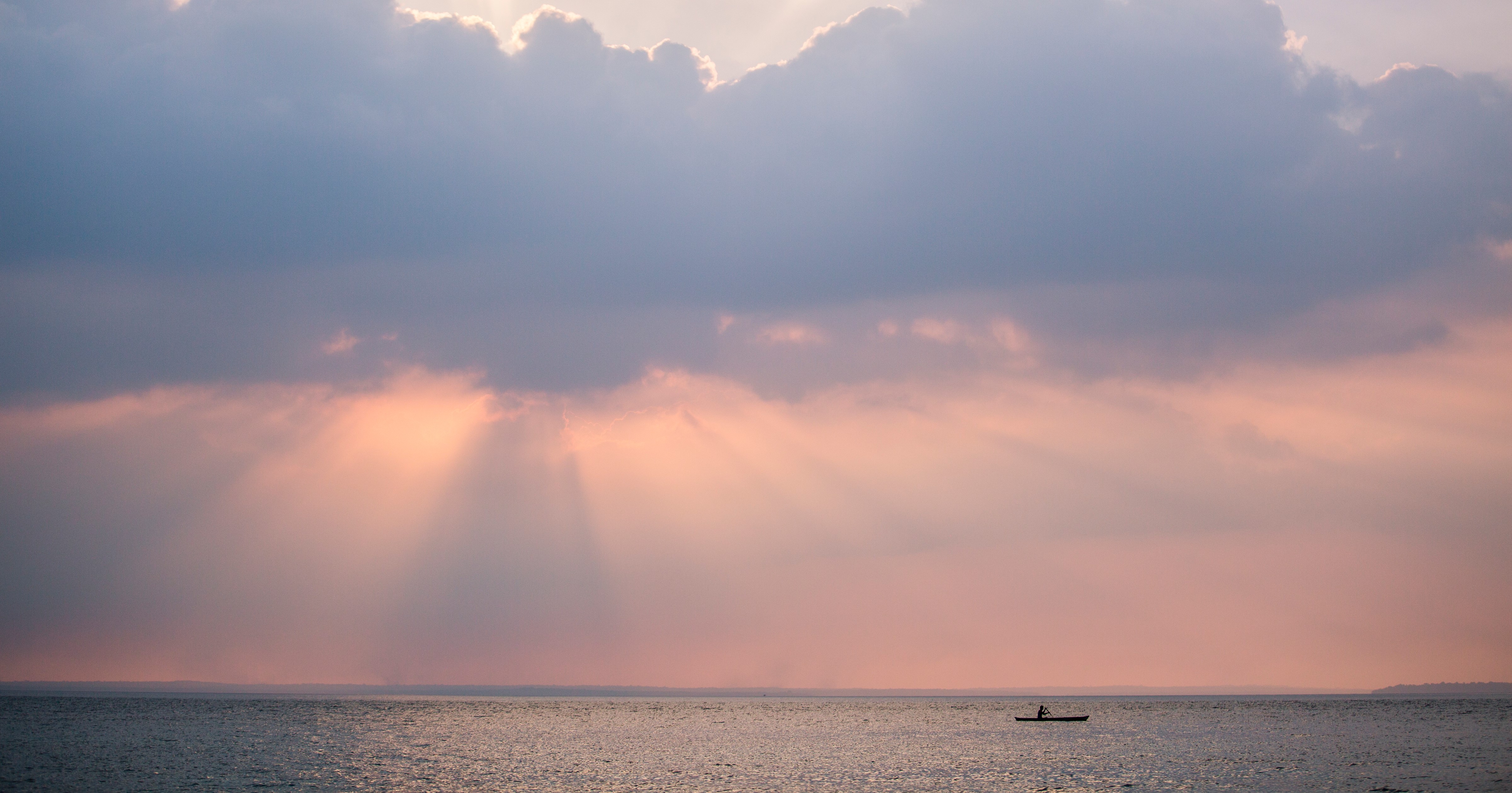A LITTLE NOTE FROM SOUTHEAST MALUKU
By Idham Malik
We arrived in WWF-Indonesia office site in Kei on March 24th 2014 approximately 2.30 pm local time in a tiny district called Pokarina located not far from the city center. Me, David and Rustam (from WWF-Indonesia team which conduct BMP socialization on reef fisheries) along with other local staffs were relaxing in the backyard of the office, speaking with Kei/Ambonese dialect.
After lunch we decided to make our first move to a small village called Ngadi, which is located in North Dullah Subdistrict. As we got further inside, we managed to get ourselves into a desolated area of an integrated minapolitan. In Ngadi, there were a lot of abandoned fishing vessels moored along the shoreline. Those ships has been corroded with age. We took documentations of the first day. One particular thing that has caught our attention is a countless sacks of sands, piling besides the shoreline. It seems that those sacks are placed there, waiting to be shipped into some other places. It was just recently that we realized after our five days stay that the practice of sand mining is still rampant in the area, causing landslides in several surrounding areas.
It was a dilemma for us because the local people don’t have a lot of options to make a living. One of those few options is through this sand mining activity. It is not easy for us to give explanations in which they often found confusing. It is not only about the environment, but also long-term economic condition, welfare of the people and education. Seaweed farming option is also useless as there are no wind blowing into the area. It is possible that the sand mining was done by the fishermen when the west monsoon occurred, where the temperature drops and causing sea weed to bloom.
Eventually, a lot of informations were gathered regarding the condition from the seniors of WWF-Indonesia team in Kei, Mr. Yan and Usy Mien. Usy explained that Kei people are really hard to be organized. “Once, the establishment of a local group of fishermen was ended in serious conflict instead” stated Usy. One of the realistic options at the moment is to give understanding to each family so they could implement it themselves.
I was still curious about similar phenomena that happened to seaweed fishermen. One of my goals from my trip to Southeast Maluku is to technically observe seaweed, the surrounding environment and its social condition. Regarding the seaweed, Usy were tightlipped. The only thing that he told us was there would be a harvest in Letvuan Village and I was told to come along.
The next couple of days I heard from fishermen that they have discovered outsiders doing bomb-fishing around Kei Sea. They were furious and demanded the illegal fishermen to be caught. From that point on, I started to understand how attached those fishermen with their customary rules. The truth is, they have understand the meaning of conserving the environment from long time ago. They are also wise enough to limit their catch in order to face scarcity at some point. As a result, they have adapted their fishing method into an environmentally-friendly one.
Kei fishermen would often only use handline to catch groupers. With handline, fishermen have to be patient and wait for the fish to eat the baits. Fishermen would originally yield 10 to 15 fish per day, and when things are going bad, none. They often sell their catch to collectors in the area, generating around Rp 340000 per kg, and they seem to be happy with the income they usually get.
I hope that this writing could remind all of us about the beauty, the hospitality of Kei people and everything else around them.
Translated by Imanda Pradana





